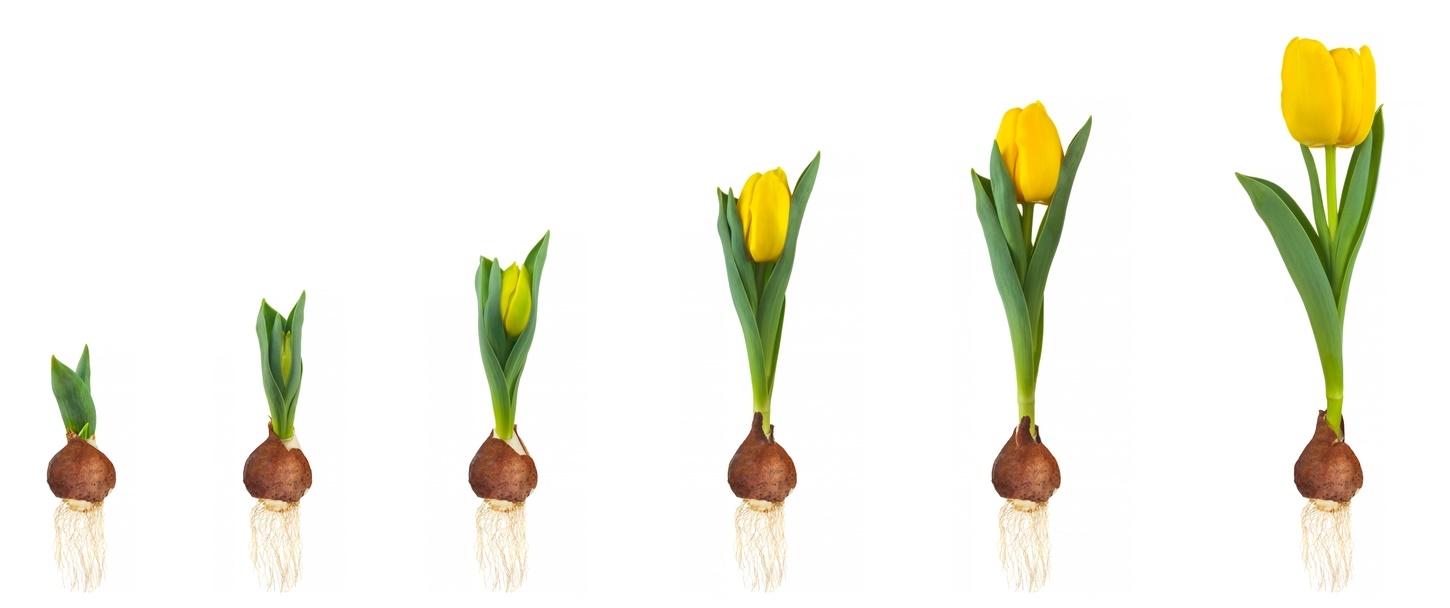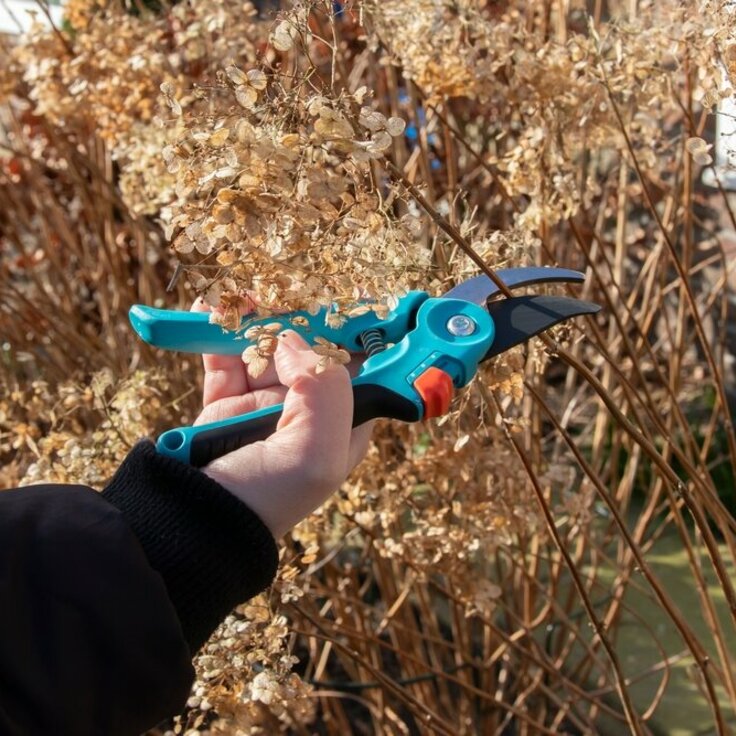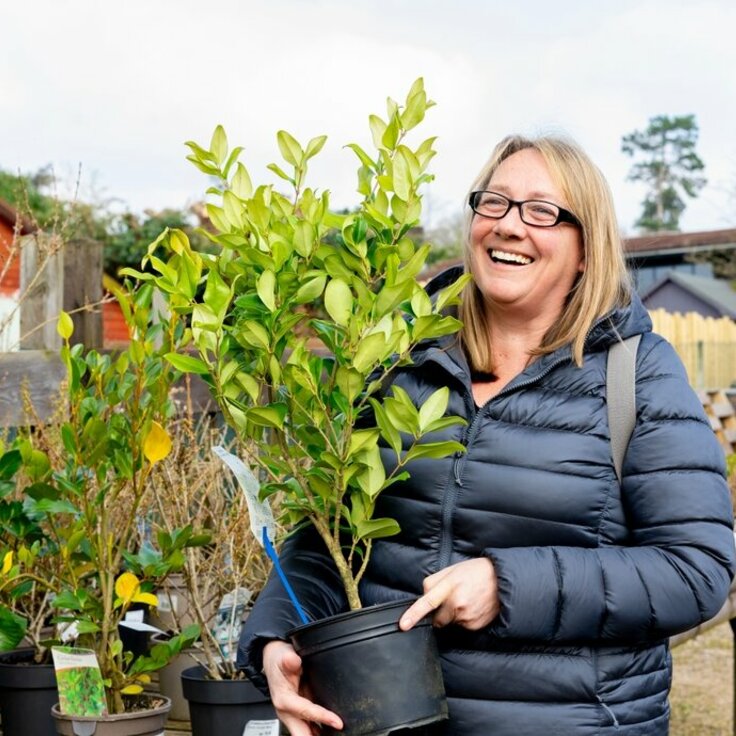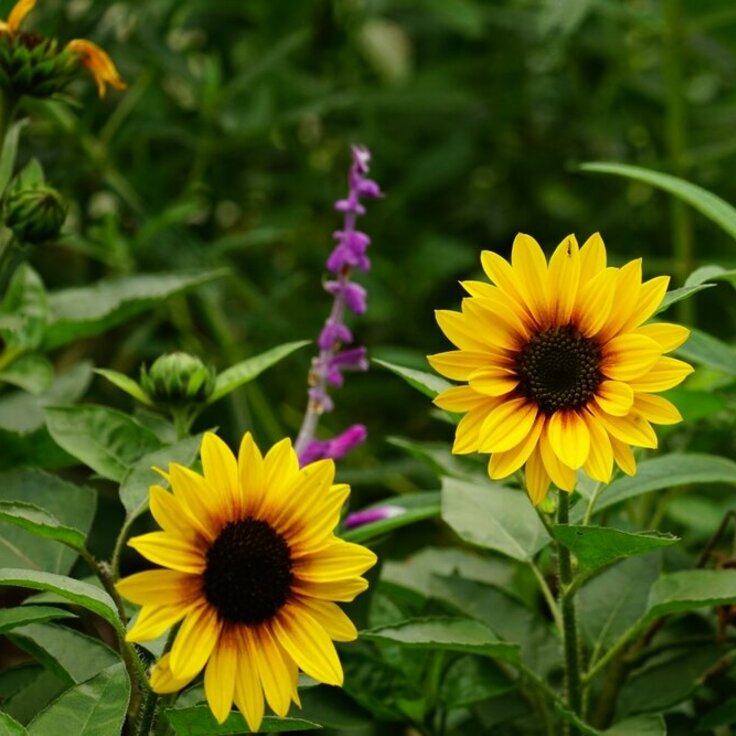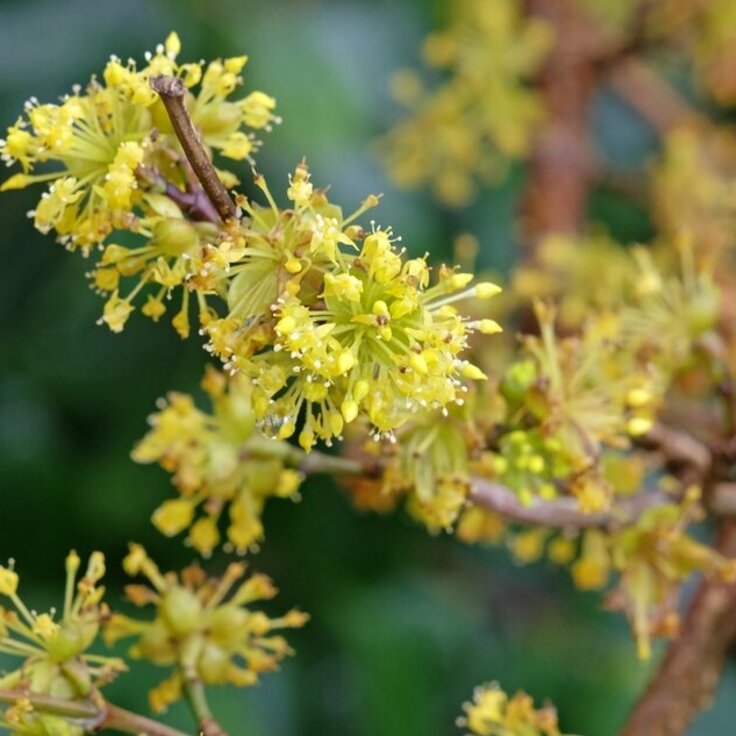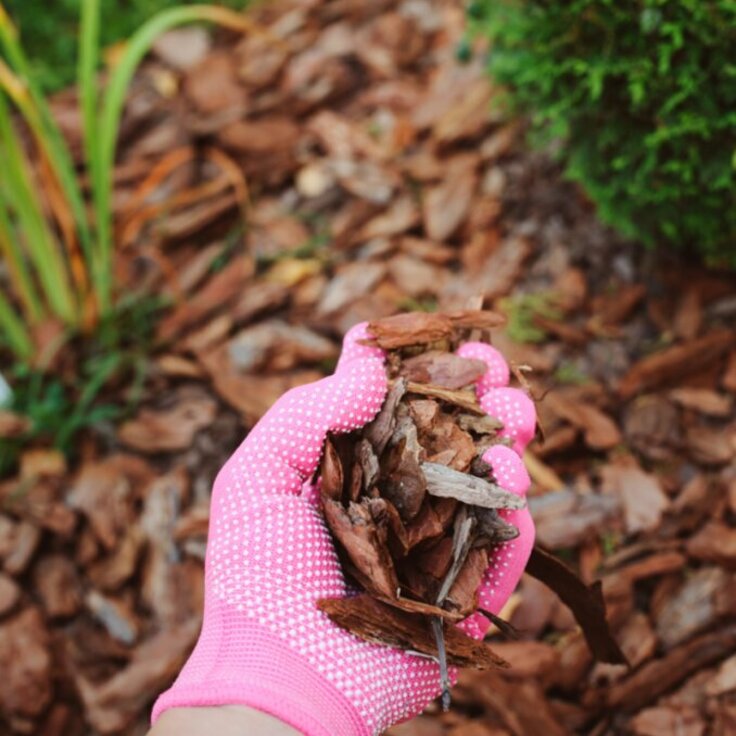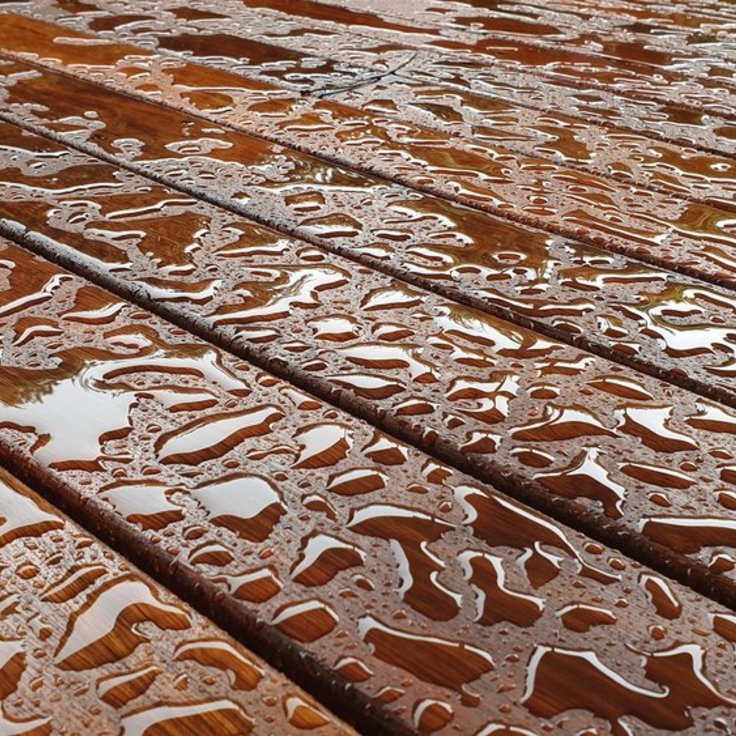How to Plant Spring Bulbs
Spring is the time when your garden springs back to life. One of the most delightful ways to get your garden ready for the season is by planting spring bulbs. Bulbs like tulips, daffodils, and crocuses not only bring visual delight but are also easy to care for. This guide will walk you through the process of planting bulbs, the various types available, and offer useful tips for enhancing your garden.

Why Plant Spring Bulbs?
Spring bulbs are perfect for brightening up your garden after a long winter. These bulbs are planted in autumn, allowing them to bloom in the spring. They need a few months to establish themselves, so it’s crucial to plant them at the right time.
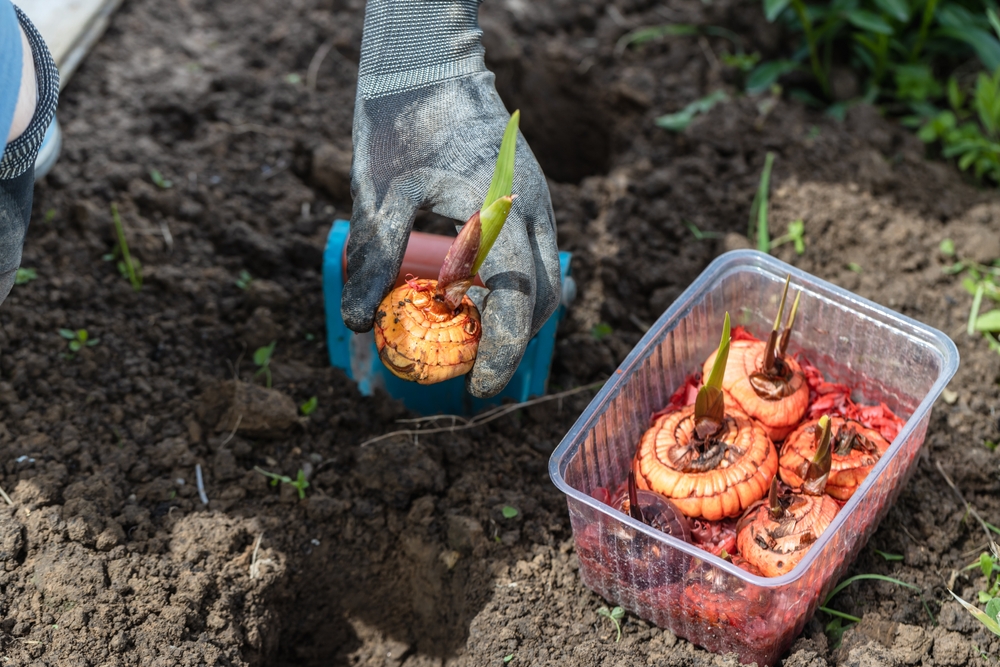
Popular Spring Bulbs
-
Tulips: Tulips are a staple when it comes to spring bulbs. They come in a wide range of colours and shapes, from traditional reds and yellows to more exotic purples and spotted whites. Notable varieties include ‘Queen of Night’, with its deep purple blooms, and ‘Duchess of Orleans’, which boasts stunning orange flowers.
-
Daffodils: Often known as ‘Narcissus’, daffodils add a cheerful touch to your garden. They come in various types, such as the ‘Trumpet Narcissus’ and the ‘Tête-à-Tête’, a smaller, charming variant. They are particularly easy to maintain and can thrive even in partly shaded areas.
-
Crocuses: Crocuses are among the first bulbs to bloom in spring. Available in shades like purple, yellow, and white, many feature a striking yellow centre. Popular choices include ‘Jeanne d’Arc’, with its white blooms, and ‘Spring Beauty’, which flowers in lovely purple.
-
Hyacinths: Known for their strong fragrance and dense flower spikes, hyacinths come in various colours, including pink, blue, and white. The ‘Delft Blue’ offers a vivid blue hue, while ‘Pink Pearl’ provides a soft, romantic touch.
When to Plant Bulbs?
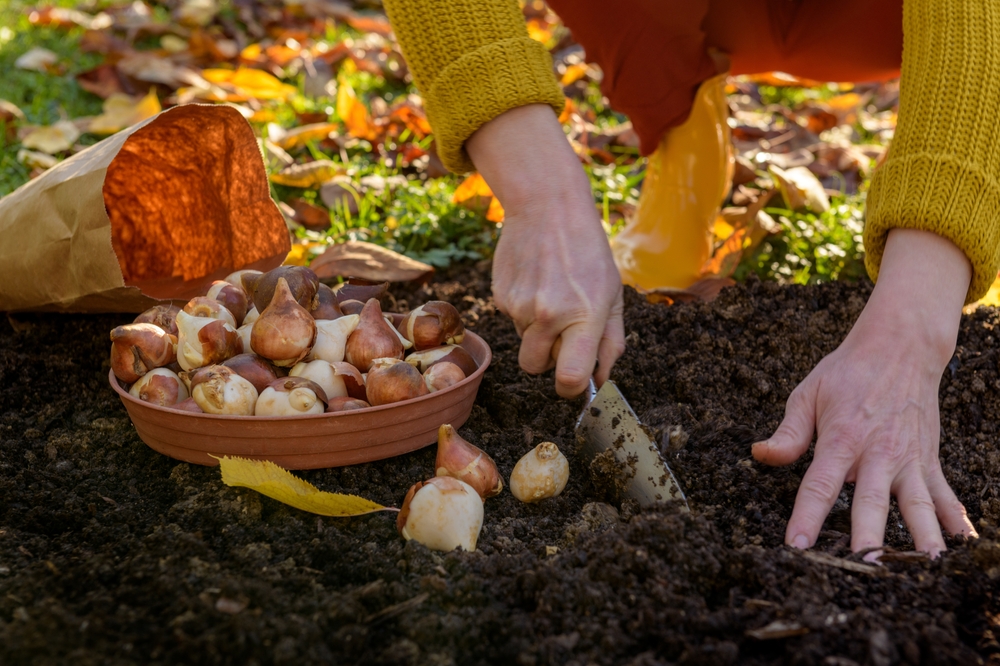
The ideal time to plant spring bulbs is in the autumn, generally between September and November. This allows the bulbs ample time to develop their roots before the first frosts. Ensure that the soil is not frozen during planting.
How to Plant Bulbs?
-
Select the Right Location: Most bulbs prefer a sunny spot, although some, like daffodils, can also do well in partial shade. Ensure the soil is well-draining to avoid rot.
-
Prepare the Soil: Loosen the soil and add compost or well-rotted manure to enhance its nutrients. If you have heavy clay soil, mix in some sand to improve drainage.
-
Planting Depth and Spacing: Plant bulbs at a depth roughly two to three times the height of the bulb. Space them about 10 to 15 cm apart to allow ample room for growth.
-
Planting: Use a trowel or a bulb planter to create a hole. Place the bulb with the pointed end facing up and cover it with soil. Firm the soil gently and water the bulbs thoroughly.
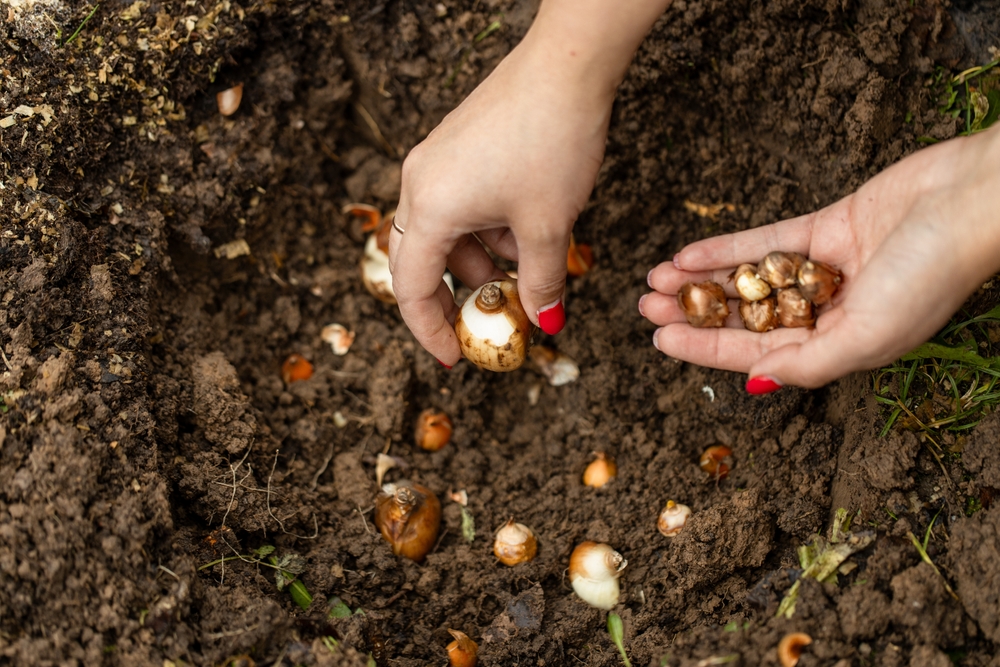
Tips for Successful Bulb Planting
- Prevent Frost Damage: In regions with severe winters, apply a layer of mulch to protect the bulbs from extreme cold.
- Watering: Give your bulbs a good start by watering them well after planting. Usually, additional watering is not needed unless it is exceptionally dry.
- Maintenance: Allow the foliage to die back naturally before cutting it off after blooming. This helps the bulbs absorb nutrients for next year's growth.
- Digging Up Bulbs: For some types, such as dahlias and lilies, it may be necessary to dig up the bulbs after flowering and store them until replanting.
Useful Products for Bulb Planting
To ensure a smooth planting process, consider using these handy tools:
- Bulb Planter: A bulb planter tool helps create holes at the correct depth.
- Compost and Fertilisers: Enrich the soil by adding compost during planting.
- Mulch: Helps retain moisture and provides protection against the cold.
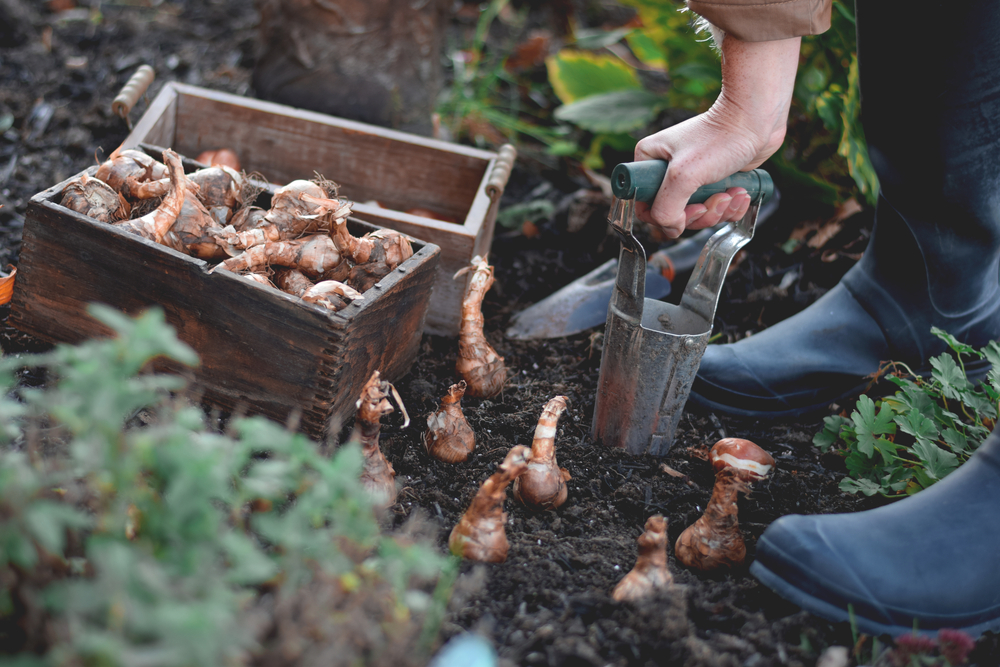
Common Mistakes in Bulb Planting
- Planting Too Shallow: Ensure bulbs are planted deep enough. Shallow planting can lead to poor root development and weak flowering.
- Planting at the Wrong Time: Planting in spring or summer won’t be effective, as bulbs won’t have enough time to prepare for the blooming season.
- Forgetting to Water: Especially in dry conditions, it's crucial to water the bulbs after planting to help them establish.
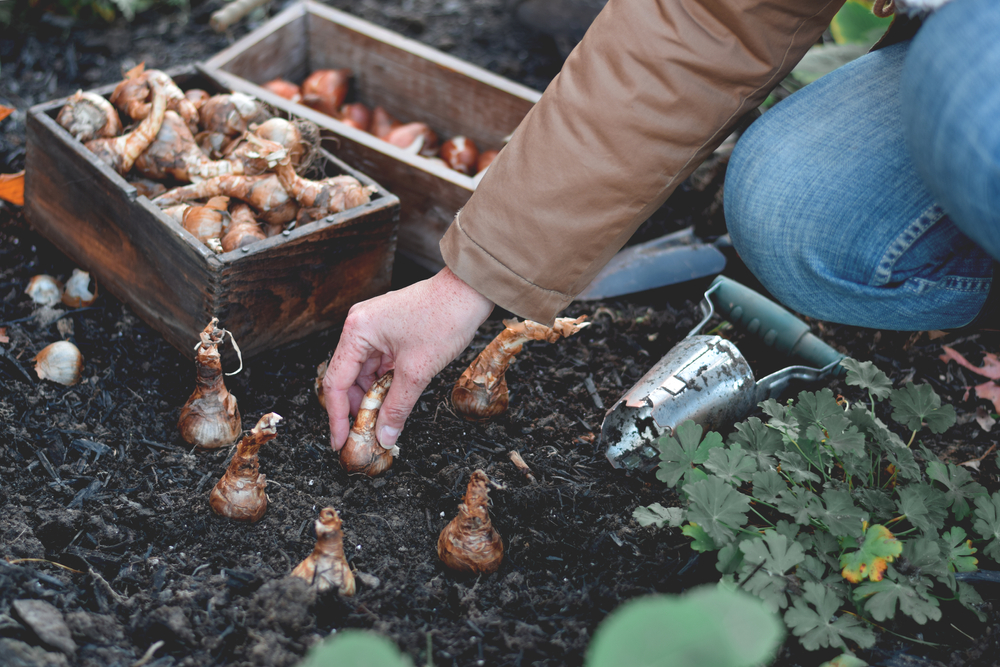
With these tips and guidelines, you are well-equipped to enhance your garden with beautiful spring bulbs. By planting the right bulbs at the right time and providing proper care, you can look forward to a vibrant and colourful spring in your garden. Enjoy planting and creating a stunning spring display!
